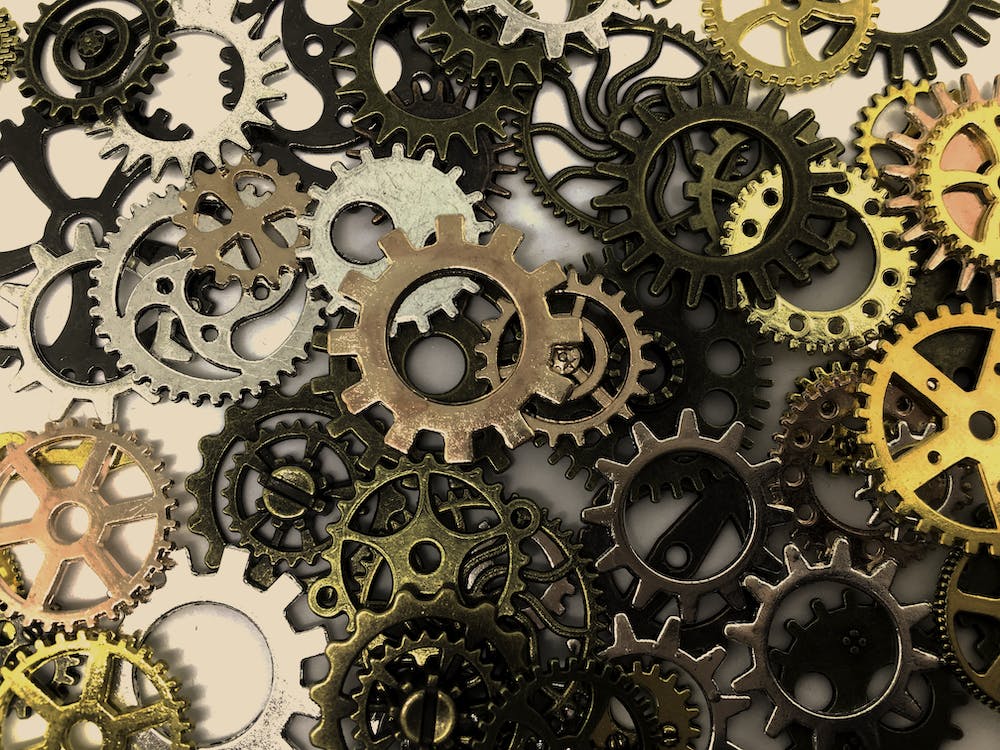
FAQ About Industrial Design

What is the design process followed in industrial design?
The design process followed in industrial design typically involves a series of iterative steps that guide the creation and development of a product. While specific approaches may vary, here is a general overview of the design process commonly followed in industrial design:
Research and Analysis:
- Identify the design problem or opportunity.
- Conduct market research to understand user needs, market trends, and competitor products.
- Gather insights through user interviews, observations, and surveys.
- Analyze data and identify design requirements and constraints.
Concept Development:
- Generate a wide range of ideas and concepts through brainstorming, sketching, and visualization.
- Explore different design directions, considering form, function, aesthetics, and user experience.
- Refine and select the most promising concepts for further development.
Design Refinement:
- Develop the selected concepts further by creating 2D and 3D representations.
- Use computer-aided design (CAD) software to create detailed digital models.
- Consider ergonomics, aesthetics, manufacturing feasibility, and user feedback during refinement.
- Iterate and make necessary modifications based on evaluation and testing.
Prototyping:
- Create physical or digital prototypes to test and evaluate the design.
- Use rapid prototyping techniques or traditional manufacturing processes to produce prototypes.
- Assess the functionality, aesthetics, ergonomics, and user experience of the prototype.
- Gather feedback from users, experts, and stakeholders to inform design refinements.
Testing and Evaluation:
- Conduct usability testing and performance evaluation of the prototype.
- Identify strengths, weaknesses, and areas for improvement.
- Incorporate feedback and insights to refine the design further.
Finalization:
- Make final design decisions based on the iterative process, user feedback, and project requirements.
- Create detailed design specifications, including dimensions, materials, finishes, and manufacturing instructions.
- Prepare design documentation and visual presentations for communication.
Production and Manufacturing:
- Collaborate with engineers and manufacturers to ensure the design can be produced at scale.
- Address any manufacturing constraints and optimize the design for production.
- Coordinate with suppliers and production teams to ensure quality and consistency.
Launch and Post-Launch:
- Prepare marketing materials and support the product launch.
- Monitor user feedback and make further design refinements if necessary.
- Collaborate with other teams, such as marketing and sales, to ensure a successful product launch.
